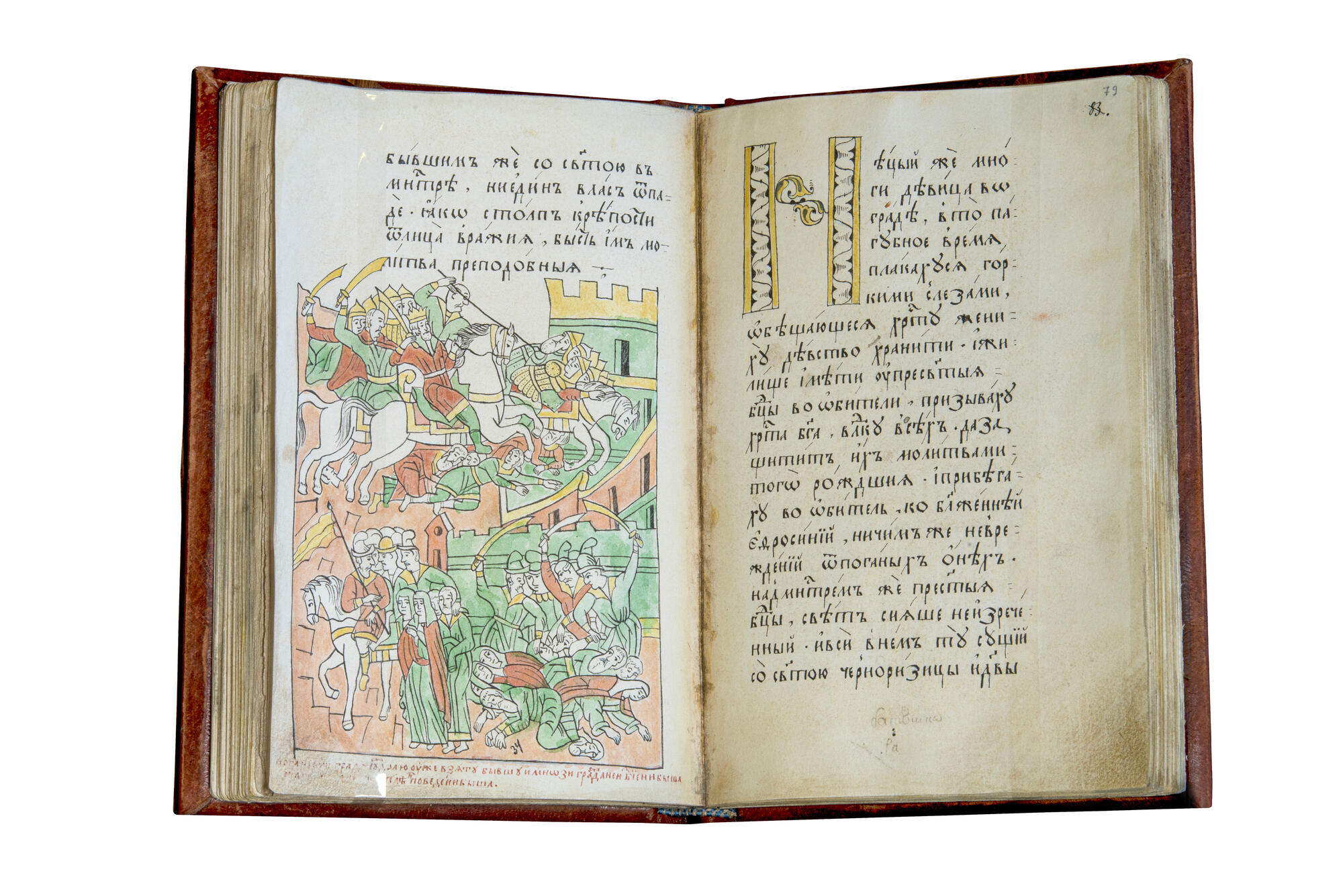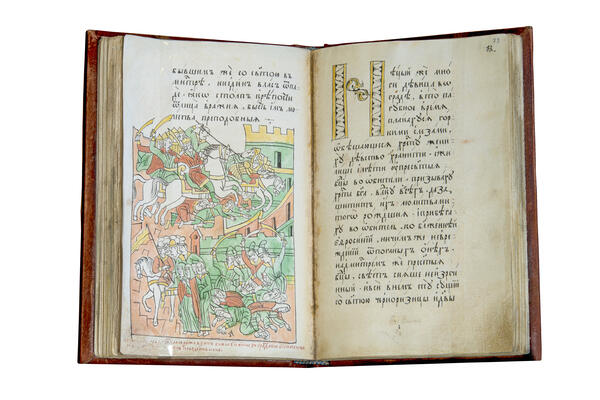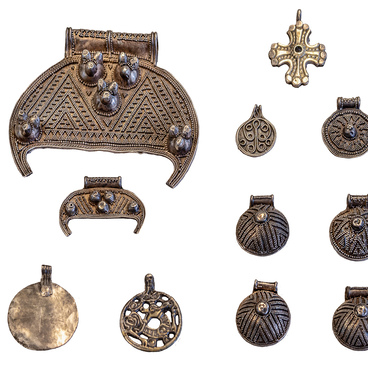Saint Euphrosyne, born Princess Theodulia, was the eldest daughter of Mikhail Vsevolodovich, Prince of Chernigov. He was killed in 1246 by the Horde, when he refused to worship a posthumous image of Genghis Khan.
According to a legend, when the army of Khan Batu tried to capture Suzdal in February 1238, Euphrosyne saved the Suzdal Rizopolozhensky Monastery from being destroyed with her prayers. Darkness descended on the invaders like a cloud, and a bright light shone over the monastery, in which a cross was visible. The frightened enemies could not approach the monastery. Batu himself could not come close to it, when he arrived the next day to the place where the miracle had happened. The khan tried to see the monastery from the hill, but it was hidden from him. The conqueror ordered to retreat and stop the attempt to seize the monastery.
Saint Euphrosyne was canonized by the Russian Orthodox Church. Her hagiography (biography of a saint) was written by Grigory, a monk of the Suzdal Savior Monastery of St. Euthymius. In addition to the narrative of the miracles performed by the saint during her lifetime, it also contains two stories about posthumous miracles which the author himself witnessed. One of them is dated to 1558. This allowed researchers to suggest that the hagiography, apparently, was created at the turn of the 1550s.
The Suzdal women’s Convent of the Deposition of the Robe of the Mother of God (the Rizopolozhensky Monastery) is one of the oldest in Russia. It was founded in 1207 by a Suzdal Bishop Ioann. At that time, the convent’s lands were located on the territory of the posad outside of the city fortifications. The oldest surviving structure is the three-domed stone Rizopolozhensky Cathedral, erected in the 1520s–1560s.
According to a legend, when the army of Khan Batu tried to capture Suzdal in February 1238, Euphrosyne saved the Suzdal Rizopolozhensky Monastery from being destroyed with her prayers. Darkness descended on the invaders like a cloud, and a bright light shone over the monastery, in which a cross was visible. The frightened enemies could not approach the monastery. Batu himself could not come close to it, when he arrived the next day to the place where the miracle had happened. The khan tried to see the monastery from the hill, but it was hidden from him. The conqueror ordered to retreat and stop the attempt to seize the monastery.
Saint Euphrosyne was canonized by the Russian Orthodox Church. Her hagiography (biography of a saint) was written by Grigory, a monk of the Suzdal Savior Monastery of St. Euthymius. In addition to the narrative of the miracles performed by the saint during her lifetime, it also contains two stories about posthumous miracles which the author himself witnessed. One of them is dated to 1558. This allowed researchers to suggest that the hagiography, apparently, was created at the turn of the 1550s.
The Suzdal women’s Convent of the Deposition of the Robe of the Mother of God (the Rizopolozhensky Monastery) is one of the oldest in Russia. It was founded in 1207 by a Suzdal Bishop Ioann. At that time, the convent’s lands were located on the territory of the posad outside of the city fortifications. The oldest surviving structure is the three-domed stone Rizopolozhensky Cathedral, erected in the 1520s–1560s.



